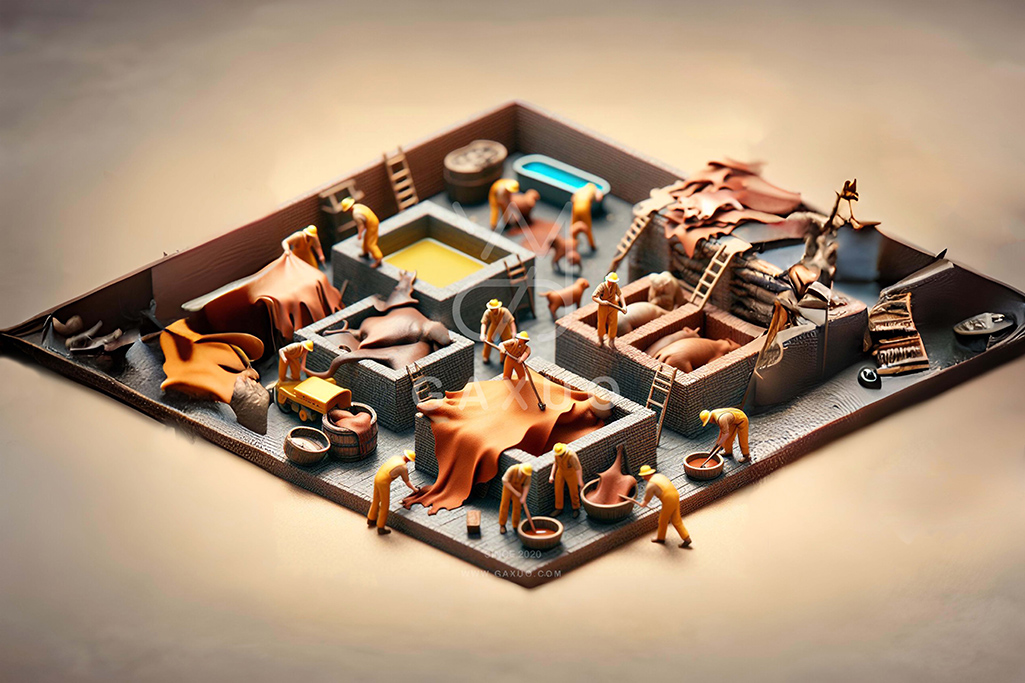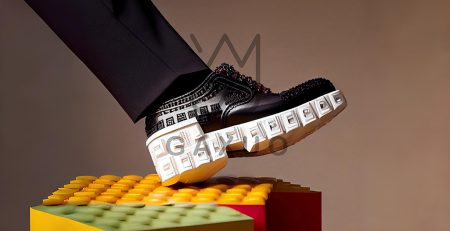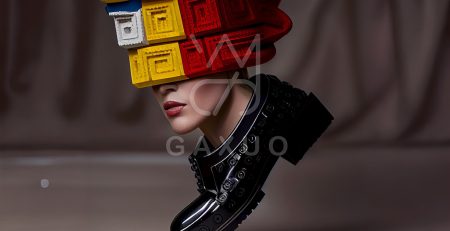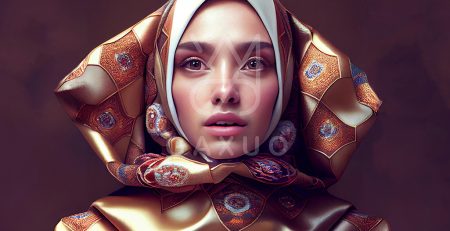What is Natural Leather, and How is it Processed?
Natural leather is a valuable raw material obtained from the skin of animals such as cows, sheep, and goats. Preparing genuine leather involves stages such as purification, tanning, and finishing. Animal skins are first purified and cleaned of harmful substances in this process. Then, using tanning agents, the skin is transformed into leather. Finally, the leather is dyed and finished to achieve its final appearance.
Accessories made from natural leather are highly diverse and include popular and widely used items such as bags, shoes, belts, bracelets, necklaces, and more. These accessories add beauty and elegance to your style and are recognized as an excellent choice for everyday use and special occasions due to their high durability and longevity.
What is Tanning?
Tanning is essentially the process of converting various animal hides into leather. Types of Leather Tanning Methods
1. Vegetable Tanning: This method uses plant-derived tannins like bark and leaves to tan the leather. Vegetable-tanned leather takes longer to process than other methods but results in softer and more flexible leather, although it may be less resistant to wear and tear.
2. Chrome Tanning: This is the most common method of leather tanning due to its production efficiency, although it can be costly and time-consuming. Chrome tanning involves chromium salts, resulting in leather with a softer and supple feel. However, leather processed using this method is usually less durable. Chrome tanning allows for a wide variety of leather finishes and colors.
3. Aldehyde Tanning: In this method, aldehydes like formaldehyde are used to tan the leather, enhancing its resistance and stability. Aldehyde-tanned leather is softer and more pliable, making it suitable for leather goods requiring flexibility. It is often preferred for items like gloves that need to conform to the shape of the hand.
Each type of leather, depending on its origin and tanning method, possesses unique characteristics and qualities. Choosing the proper tanning method depends on the intended use, personal preferences, and budget.
Leather Grades and Classification:
Leather is generally categorized based on quality and grade, determined by factors such as the animal hide source, tanning method, and grading system. Let’s delve into several types of leather finishes and grades based on different criteria:
1. Full-grain leather: Full-grain leather is the highest quality leather, retaining the hide’s natural grain and showcasing its original markings. It undergoes minimal processing, preserving its strength, durability, and natural beauty. Total grain leather products are prized for longevity and character, making them ideal for luxury goods and high-end accessories.
2. Top Grain Leather: Top grain leather is derived from the hide’s top layer after removing the outer layer or splitting. While it retains some of the hide’s natural characteristics, top-grain leather undergoes slight surface alterations, such as sanding or buffing, to remove imperfections. This results in a smoother appearance than full-grain leather but with slightly compromised durability.
3. Corrected Grain Leather: Corrected grain leather is obtained by sanding or buffing the hide’s surface to remove imperfections, followed by embossing to create a uniform texture. This process masks natural blemishes and inconsistencies in the leather, resulting in a more uniform appearance. Corrected grain leather is often used in products where a flawless surface is desired, such as furniture upholstery and mass-produced accessories.
4. Split Leather: Split leather, also known as suede or nubuck, is obtained from the lower layers of the hide after the top grain has been removed. It has a soft, velvety texture and is commonly used in products like shoes, bags, and garments. Split leather is less durable than full-grain or top-grain leather but offers a luxurious feel and appearance.
5. reconstituted: Bonded leather is made from shredded leather scraps bonded with adhesives and pressed into sheets. While bonded leather is more affordable than genuine leather, it lacks the durability and longevity of natural leather. It is often used in budget-friendly products and upholstery applications.
Choosing the correct type of leather depends on factors such as intended use, desired aesthetic, and budget. Whether you prefer the rugged elegance of full-grain leather or the affordability of bonded leather, understanding the different grades and finishes can help you make an informed decision when selecting leather products.
In conclusion, leather is a versatile and durable material widely used in accessory production. Its various types and tanning methods offer a range of options suitable for different purposes and preferences.
At GAXUO, we craft our products with high-quality, responsibly sourced leather. Visit our product section to explore our leather accessories.
Gaxuo R&D Department







Leave a Reply